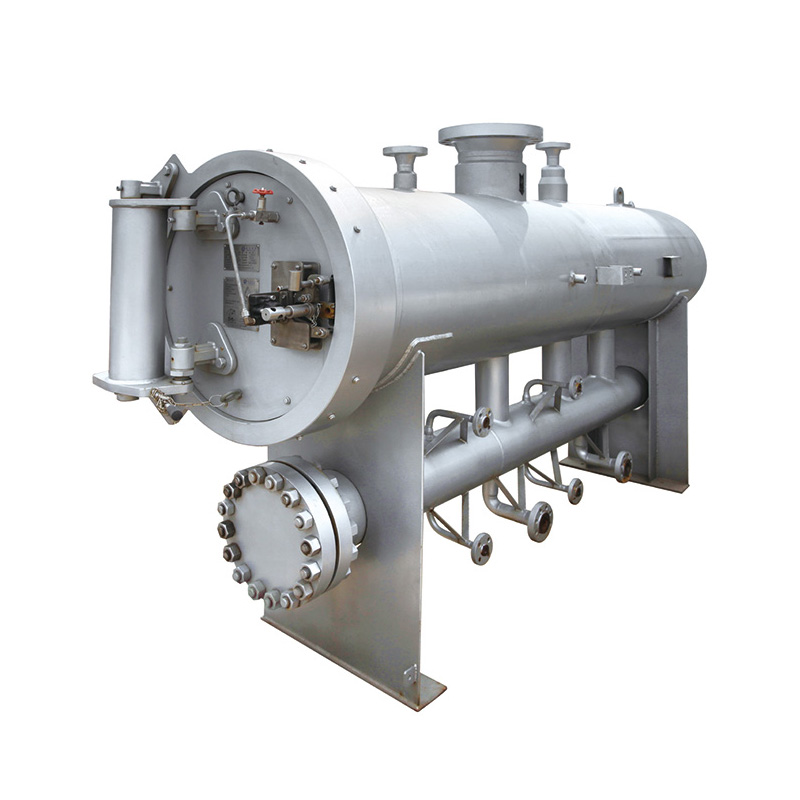
Dec . 10, 2024 14:42
Back to list
pneumatic valve
Understanding Pneumatic Valves Types, Functionality, and Applications
Pneumatic valves play a critical role in various industrial processes that require the control of air or gas flow. These valves are essential components of pneumatic systems, which utilize compressed air to perform mechanical work. In this article, we will explore the different types of pneumatic valves, their functionalities, and the applications where they are commonly used.
What Are Pneumatic Valves?
Pneumatic valves are devices that regulate the flow of compressed air in pneumatic systems. They can stop, start, or redirect airflow to control the operation of actuators, cylinders, and other components in automated systems. By manipulating air pressure and flow, pneumatic valves enable efficient and precise control of mechanical processes.
Types of Pneumatic Valves
There are several types of pneumatic valves, each serving a specific purpose
1. Directional Control Valves These valves direct the flow of air to different paths, allowing operators to control the movement direction of actuators and cylinders. They are commonly classified by the number of ports and positions. A typical example is the 5/2 valve, which has five ports and two positions, allowing for controlling the extend and retract actions of a double-acting cylinder.
2. Flow Control Valves These valves regulate the speed of air flow in a pneumatic circuit. By adjusting the flow rate, operators can control the speed at which actuators move, enabling precise motion control. Flow control valves can be either needle valves or variable orifice valves.
3. Pressure Control Valves As the name suggests, these valves help regulate and maintain the pressure within a pneumatic system. They ensure that the pressure stays within predefined limits to protect equipment from damage due to overpressure or underpressure scenarios. Common types include pressure relief valves and pressure regulators.
4. Check Valves Check valves allow airflow in one direction while preventing backflow. This characteristic is crucial for maintaining the integrity of a pneumatic system, ensuring that once the air has done its work, it cannot flow back and disrupt the operation of other components.
pneumatic valve

5. Solenoid Valves A subcategory within the directional control valves, solenoid valves use an electromagnetic coil to change their state. They can be activated or deactivated by applying a voltage, offering remote control capabilities and easy integration into automated systems.
Functionality and Operation
Pneumatic valves operate based on the principles of pressure and airflow. When the valve is activated, it either opens or closes certain ports in the valve body, thereby controlling the direction and flow rate of the compressed air. The efficient operation of these valves is crucial for maintaining the overall efficiency and performance of pneumatic systems.
The combination of pneumatic valves and actuators allows for quick and accurate movements, making them widely applicable in a variety of industries such as manufacturing, automation, automotive, and robotics. Proper selection and implementation of these valves can lead to enhanced productivity and minimized downtime in production processes.
Applications of Pneumatic Valves
Pneumatic valves are ubiquitous in modern industrial settings. Common applications include
- Automation Systems In automated assembly lines, pneumatic valves control the movements of robotic arms and tools. - Material Handling Pneumatic systems are used to operate conveyor belts, lifting devices, and pneumatic cylinders that move materials from one point to another. - Transportation Pneumatic braking systems in vehicles utilize pressure control and directional valves to enhance safety and efficiency. - Food and Beverage Industry Pneumatic valves are used to control packaging machinery, ensuring the safe and efficient handling of products.
Conclusion
Pneumatic valves are indispensable components that facilitate the control of air flow in pneumatic systems. Their various types serve specific functions that cater to different industries and applications. Understanding the differences among these valves, along with their operational principles, is crucial for optimizing their use in various automation processes. As technology advances, the importance of pneumatic valves in enhancing efficiency and productivity in industrial settings will only continue to grow.
Next:
Latest news
-
Safety Valve Spring-Loaded Design Overpressure ProtectionNewsJul.25,2025
-
Precision Voltage Regulator AC5 Accuracy Grade PerformanceNewsJul.25,2025
-
Natural Gas Pressure Regulating Skid Industrial Pipeline ApplicationsNewsJul.25,2025
-
Natural Gas Filter Stainless Steel Mesh Element DesignNewsJul.25,2025
-
Gas Pressure Regulator Valve Direct-Acting Spring-Loaded DesignNewsJul.25,2025
-
Decompression Equipment Multi-Stage Heat Exchange System DesignNewsJul.25,2025

